Wednesday, July 29, 2009, 12:05 PM - Servicing
This is an 50/1.8 M42 planar lens, designed by Carl Zeiss (Oberkochen, not Jena) and built by Rollei in Singapore.This one is branded as Ifbagon, but it is also available under the "Rollei - Design by Carl Zeiss" and "Voigtländer Color-Ultron" labels.

As its aperture is only designed to work in automatic stop down mode, it needs to be converted into manual mode to be usable on non-m42 cameras with an adapter.
First, set your lens to infinity and remove the four rear screws...

...and remove the mount.

Remove the outer black ring, and you can now remove those three screws:

One of those screw is longer than the other ones, as it acts as a stopper for the focusing mechanism. It is the one which goes on the bottom.

Here you can see the aperture transmission mechanism, which you should now remove.


The small cam is slightly asymmetric, so you can only put it back in one way.
Remove yet another ring in order to see the aperture mechanism.
Beware not to loose the small bearing and the spring which should be pressed on it.


The vertical cam of the diaphragm goes within the "fork" on the part we just removed. You can only put it back if the lens is focused at infinity.

You can now lock the aperture into manual position. I used a piece of insulator from an electric wire.

You should now be able to put everything back. If for any reason you goofed up by unscrewing the focusing helicoid, you can easily adjust infinity from the front of the lens.
Unscrew the front black ring, and you can access the three screws that will allow you to properly restore infinity setting.

| 0 trackbacks
| permalink
| related link
Sunday, May 31, 2009, 11:10 PM - Lenses
I had the opportunity to try a 135mm f/3.5 Super Takumar lens.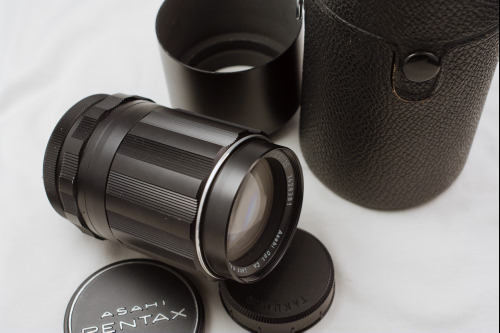
I have been surprised by the smooth handling of its focus ring, which is really pleasing to use. Even if it is only a Super Takumar and not an SMC Takumar, I did not had any flare issue (but I was using it with its dedicated lens hood).
Wide open, it is sightly soft on a 14Mp APS-C camera, but once stopped down by one step it is as sharp as what is allowed by this sensor.
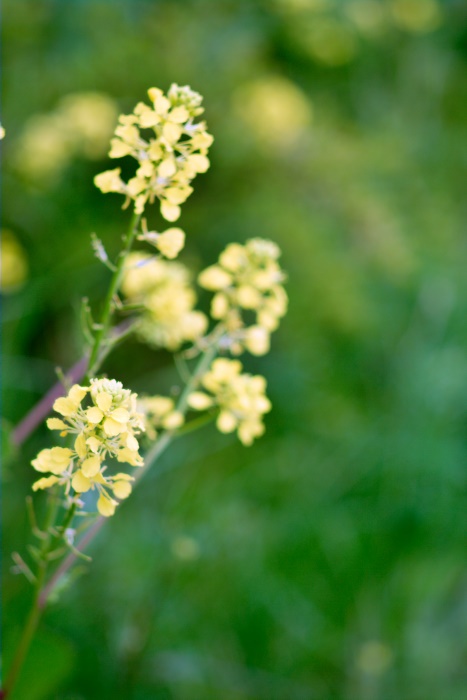
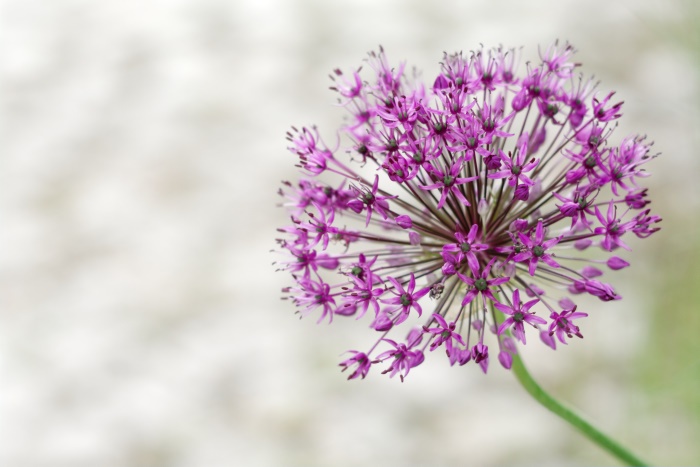
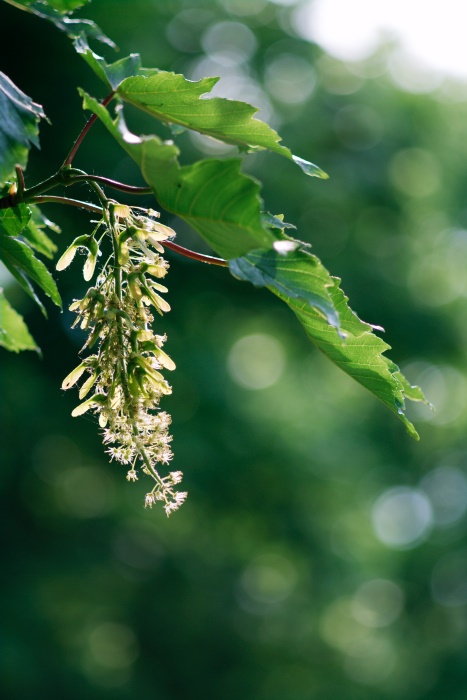

Tuesday, April 28, 2009, 08:30 PM - Lenses
This is a 500mm F/8 russian mirror lens (m42 mount) of Maksutov (not Matsukov, as I first spelled it) design, manufactured by LZOS.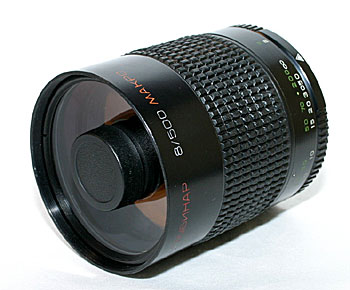
Significantly more compact than a traditional 500mm lens, it is reasonably hand-holdable if there is enough light. While it is f/8, its actual transmission factor is about T/10, as the central mirror obstructs some of the light.
With such a focal length, you can shoot objects which are significantly far away...
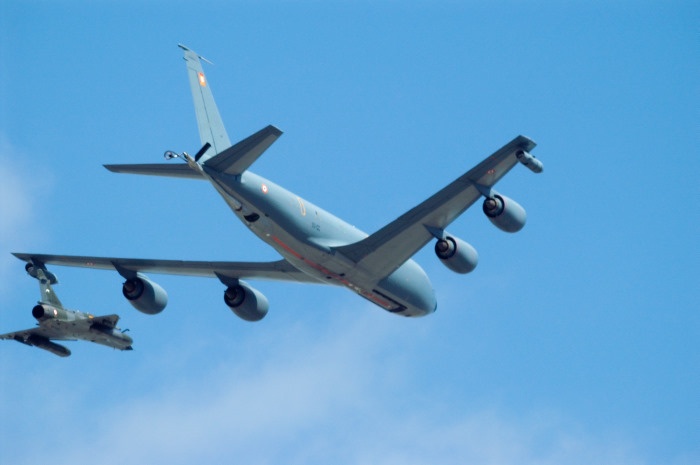
... or isolate "details":
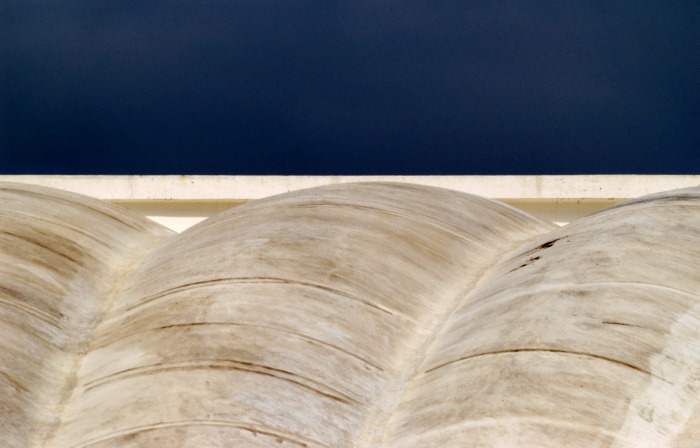
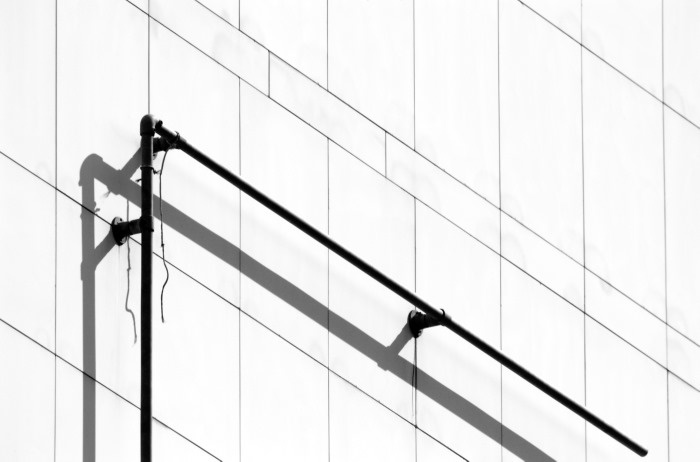
While it is advertised to be a macro lens, in reality it allows close-ups, but not more:
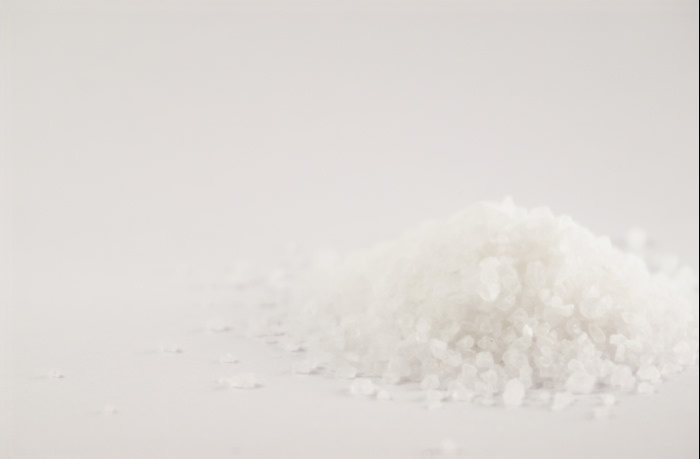
(this is an high-key shot, so if your screen is not properly calibrated, you might not see anything on this picture)
With this long focal length, you can shoot architecture with nearly no perspective distortion:
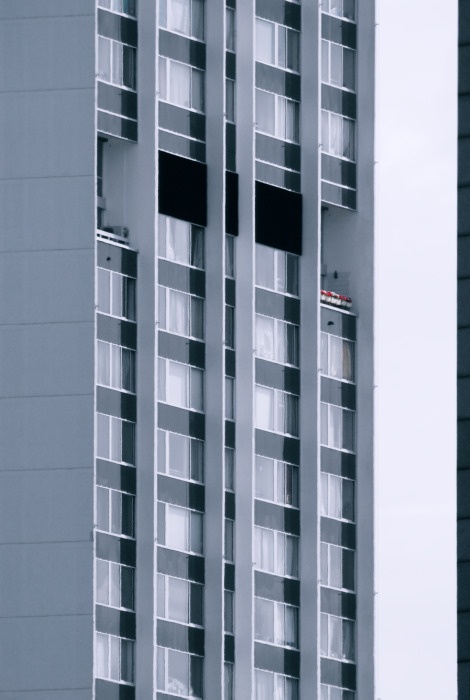
As it has no diaphragm, this might get a bit tricky if you are directly shooting against light. This picture is shot at 1/4000s, and it was quite close to have clipping on highlights:
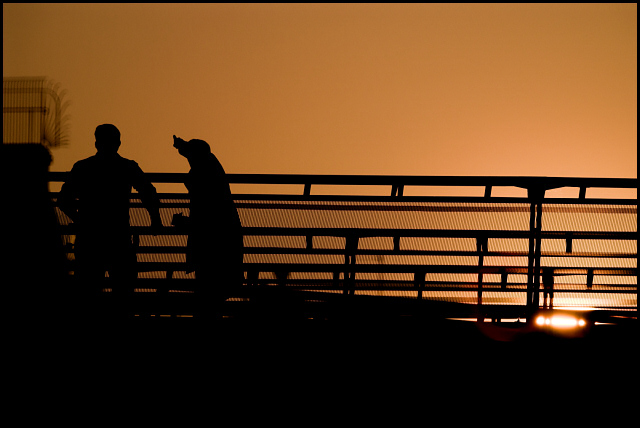
This is likely why it is provided with a neutral density front filter.
The central obstruction makes the bokeh to look like doughnuts (torus):

With a bit of practice, you can actually use this feature to enhance your shots:
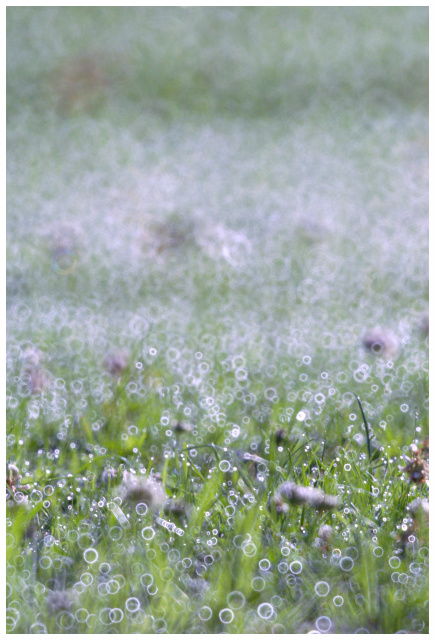
Friday, March 20, 2009, 04:41 PM - Lenses
This is an old T4 mount lens manufactured by Tokina, and released in 1977. This sample is branded as Soligor, but it was also released under the Vivitar brand.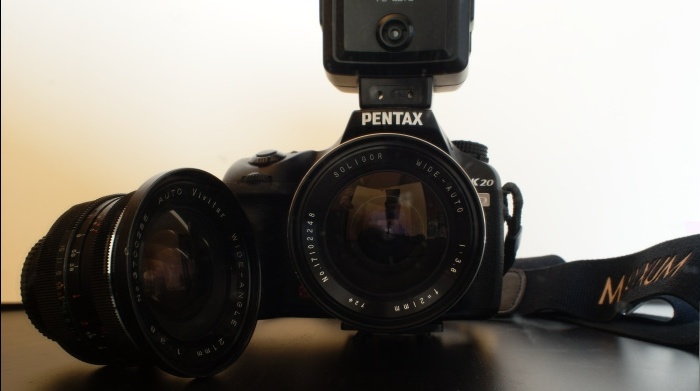
The Soligor version on camera, next to the Vivitar version.
Using 72mm front filters, it is a mid sized lens, not too big, but not really small either. Weight is very reasonable, at 380g (including the T4 to M42 adapter).
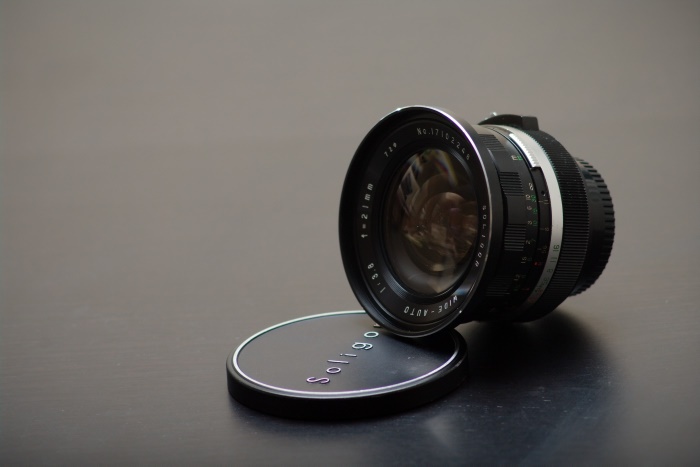
T4 adapters are available for various mounts, so I am using this lens with a T4 to M42 adapter, and then an M42 adapter for my camera.
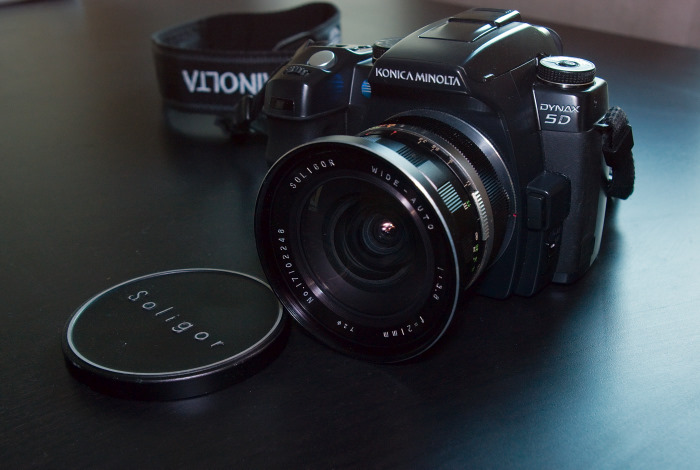
First, some bokeh samples, wide open:
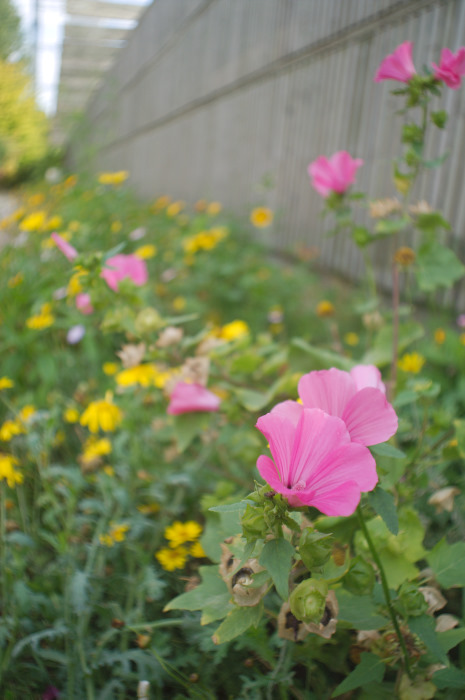
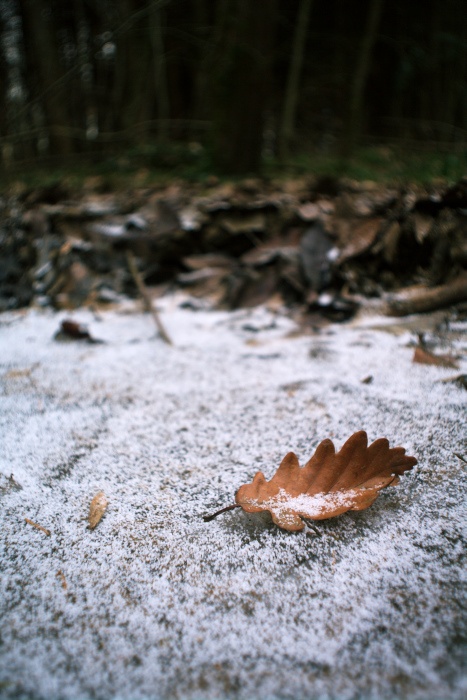
Those are not that bad, but not that good neither. As with most wide lenses, bokeh is slightly harsh. Moreover, the maximum aperture of only f/3.8 doesn't really help in creating a narrow depth of field.
The minimal focus distance is a bit less than 30cm, which helps in creating some interesting pictures:
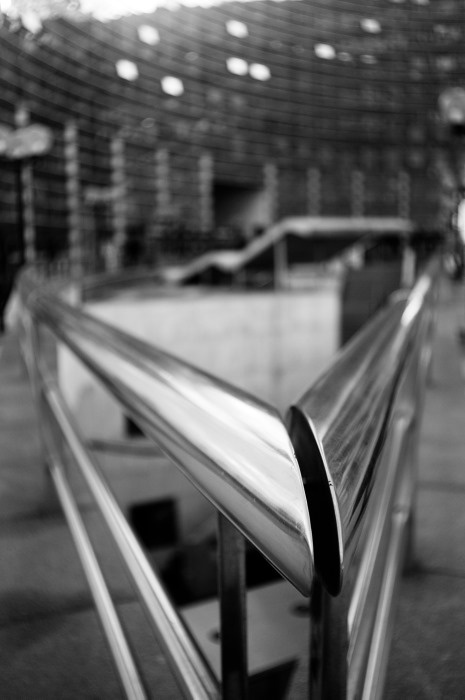
Distortion seems relatively low (on this pic I was not totally parallel to the building):
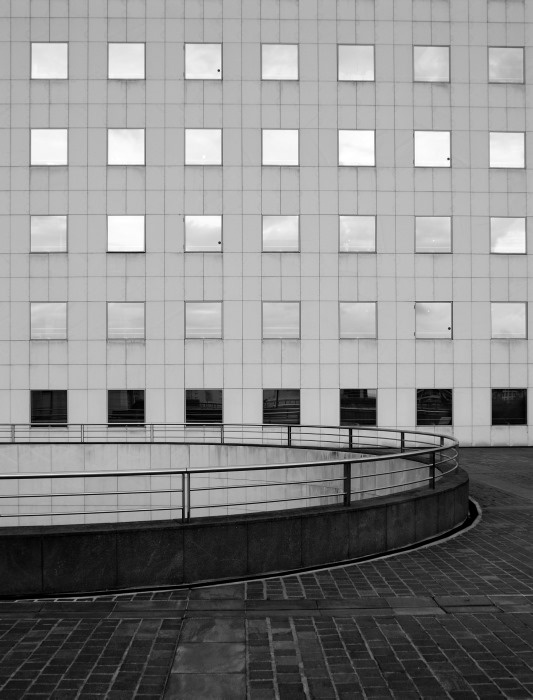
As it is a wide 21mm lens, by f/8 the depth of field is huge:
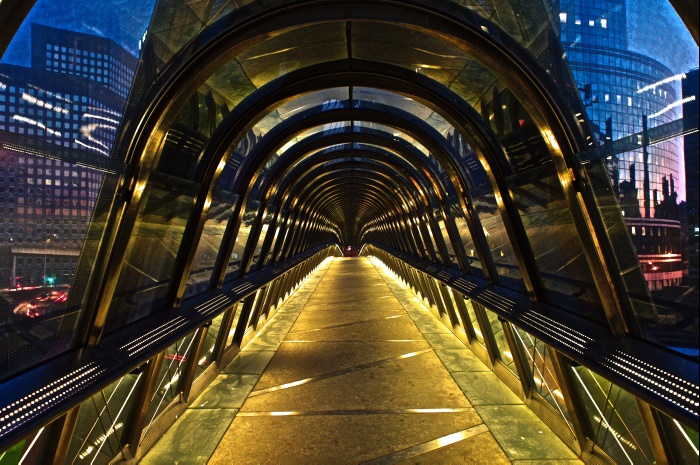
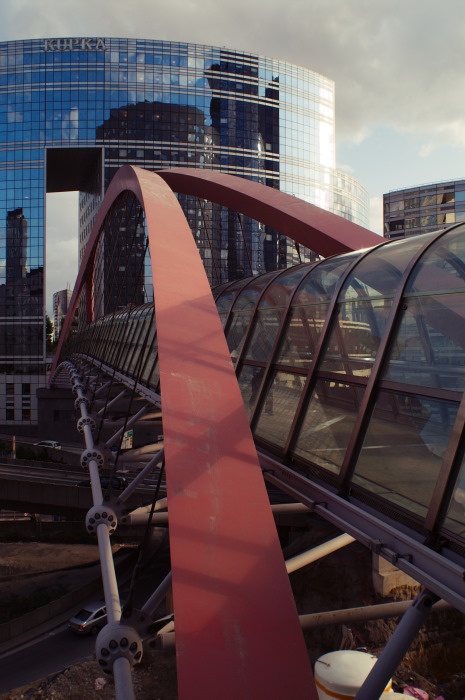
For an old lens, it is relatively flare resistant (but less than the SMC Takumar 17/4), even if it is significantly less resistant than modern lenses:
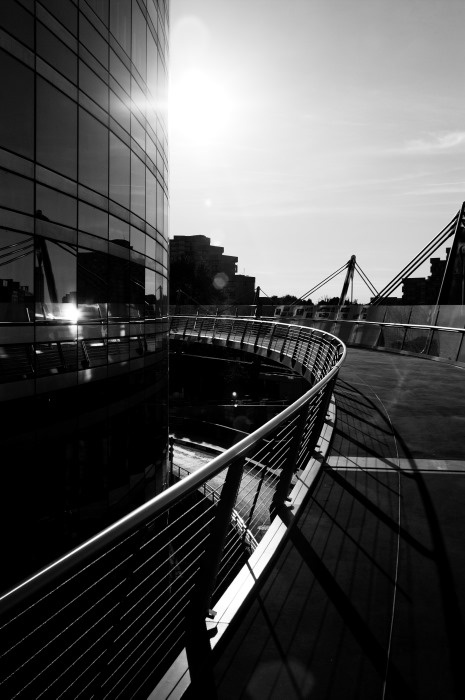
You can play a bit with its moderate flare:
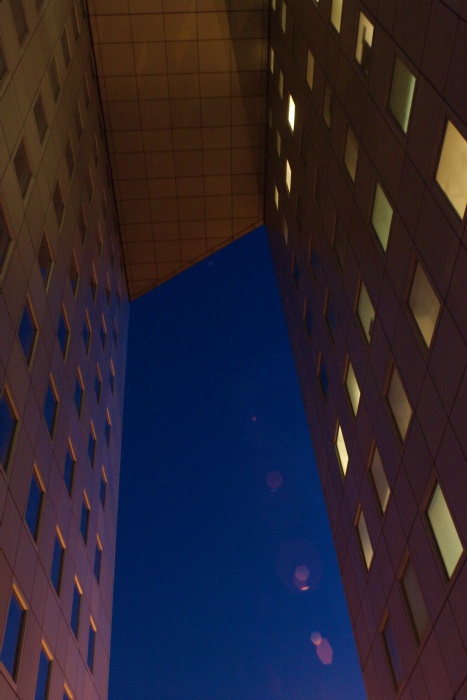
Still, you will sometimes have some unwanted reflections, like those building lights that are reflected into the left sky part of the picture:
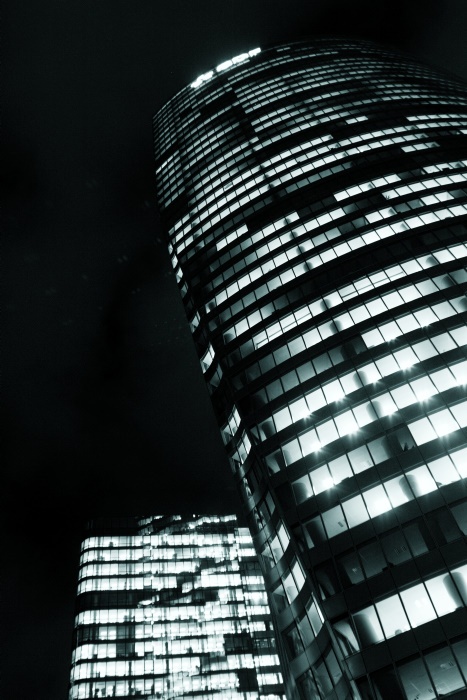
Sometimes with wide lenses you would like to be able to shift them in order to correct perspective:
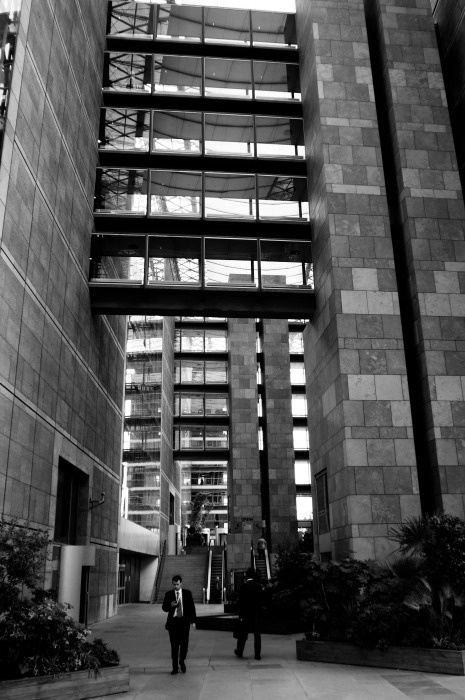
Still, being able to shoot wide is handy:
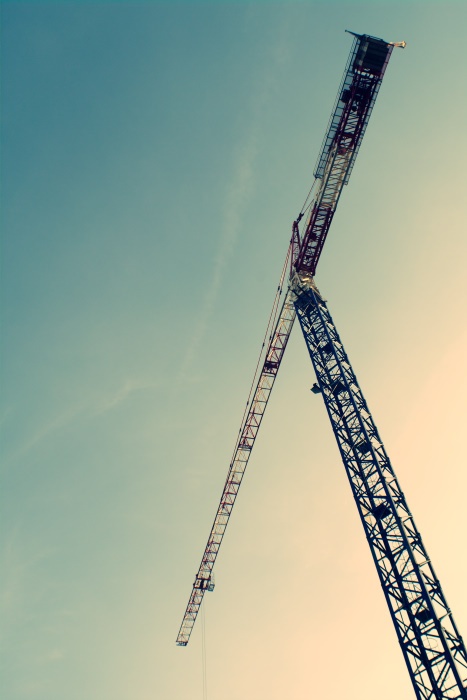
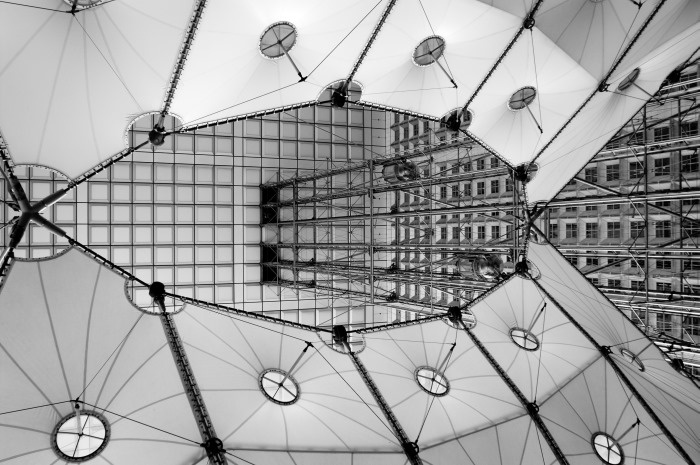
Focus ring is smooth, but at about -5°C it will start to be significantly stiffer, making the lens harder to use (especially if you are wearing gloves).
Sharpness is reasonable, but not exceptional: while it was fine by f/8 on my 6 megapixels KM5D, on the 14 megapixels K20D corners are noticeably softer than the center if you pixel-peep. You then have to close down aperture to f/11 in order to improve this behavior. On a 14 megapixels camera, diffraction will make you loose a bit of resolution by f/11, but then the overall result is more even across the whole frame. I think that it is adequate for printing 30x45 cm, but probably not much bigger.
(all tests done on APS-C cameras)
Back Next

 Calendar
Calendar




